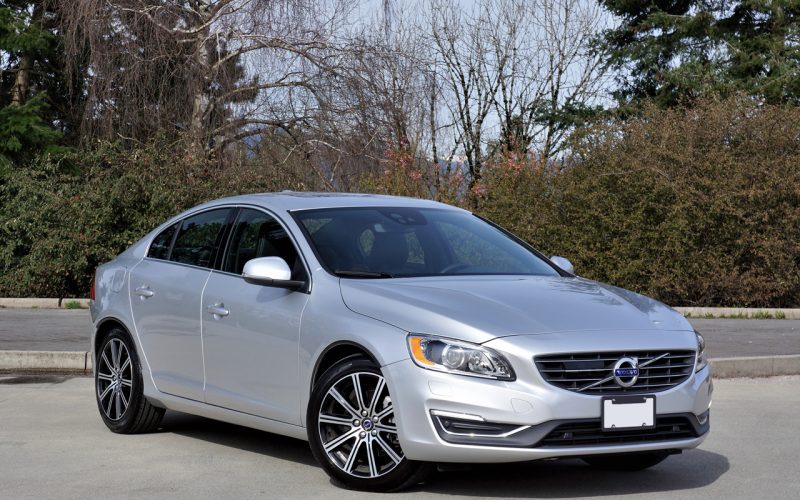
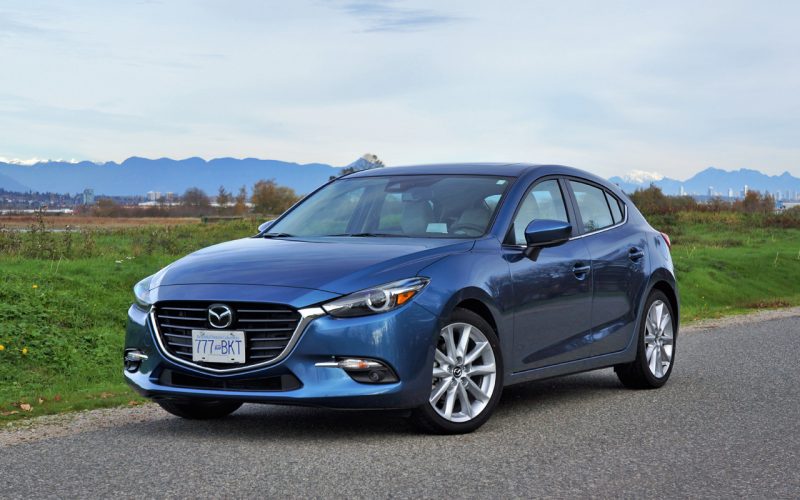
Reading Time: 6 minutesMazda has a much stronger following in Canada than the U.S. We tend to like smaller,
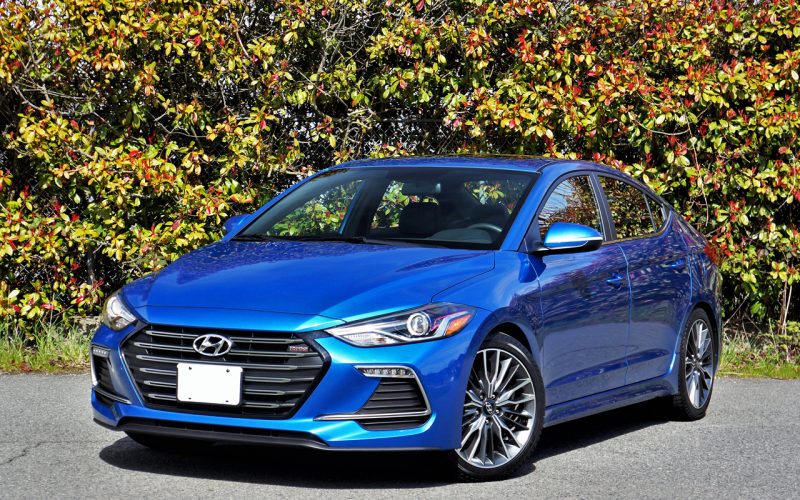
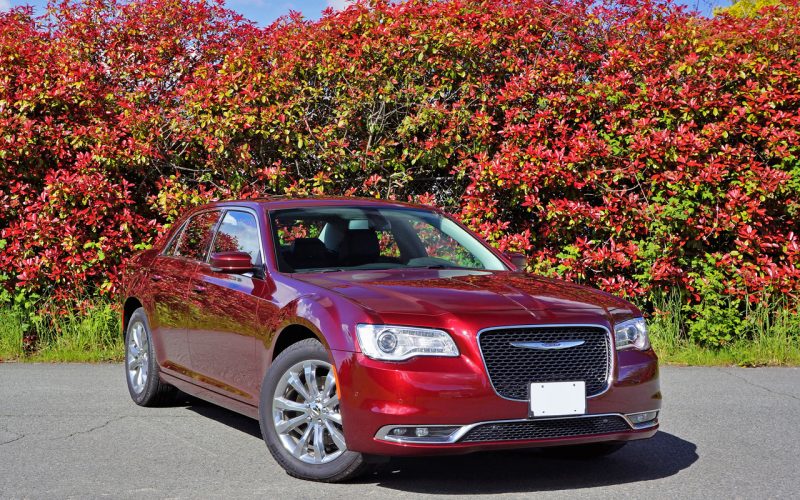
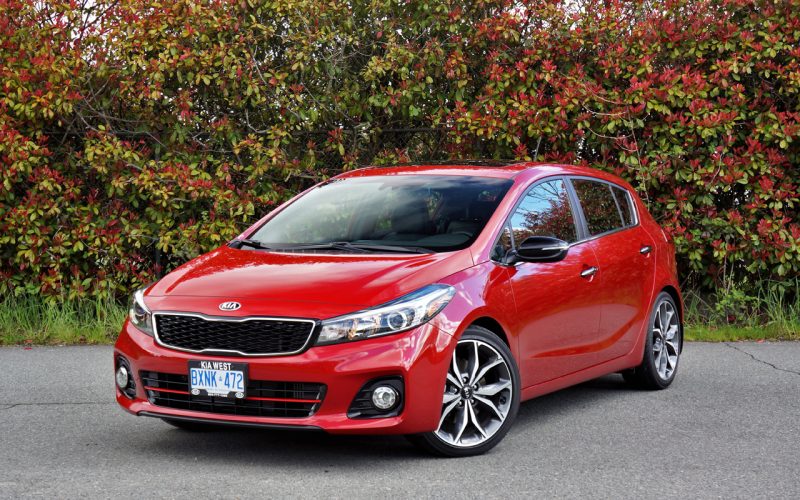
Reading Time: 5 minutesWith 6,856 Fortes down the road as of May 31, 2017 and 12,296 units sold during
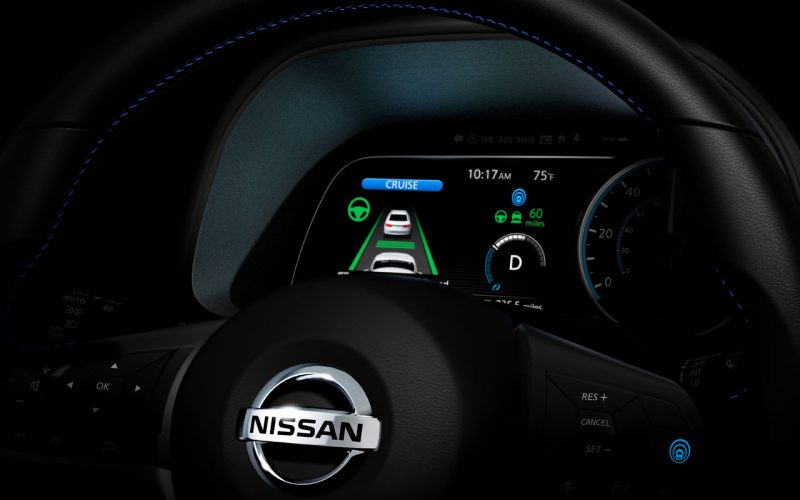
Reading Time: 2 minutesThe world’s most popular plug-in electric vehicle will soon receive a complete redesign, which is compelling
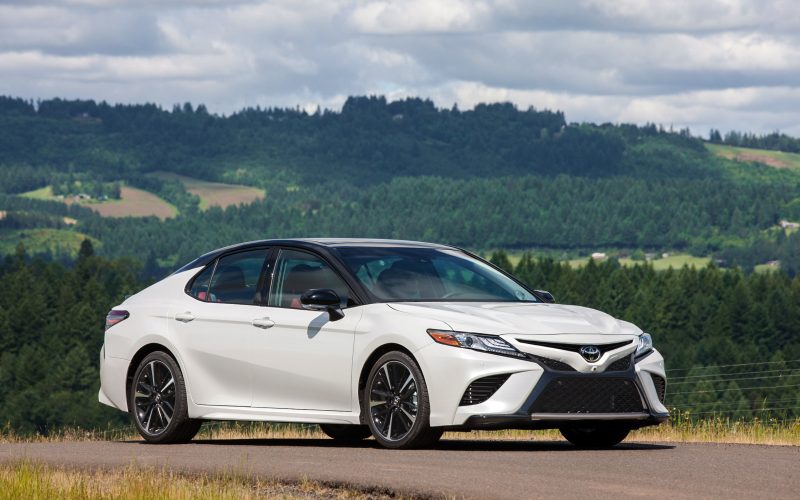
Reading Time: 2 minutesTokyo – Automotive Linux Summit – Wednesday May 31, 2017 – Toyota Motor Corp announced that
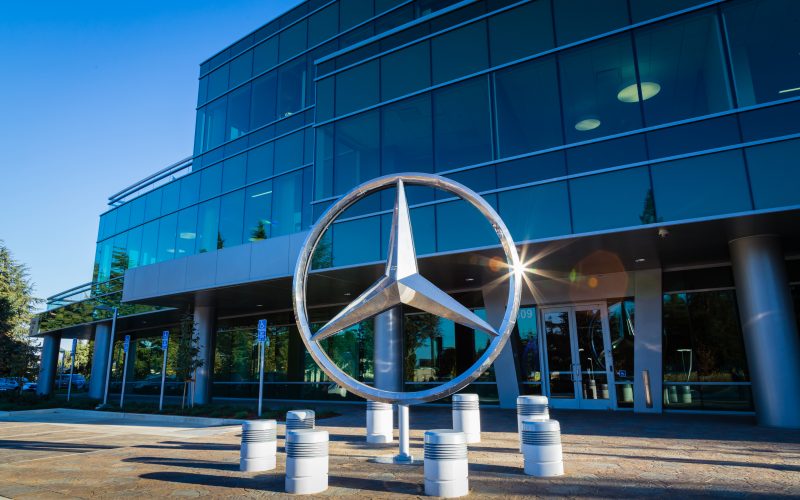
Reading Time: 2 minutesAfter a report issued by Daimler on May 10th stating it would no longer be selling
© 2025 The Car Magazine. All Rights Reserved, Privacy Policy | Terms of Use